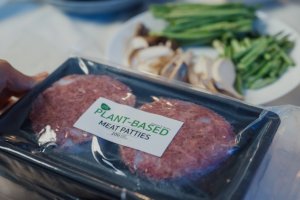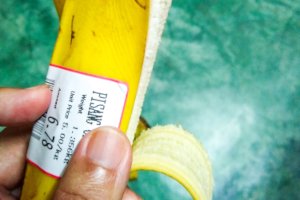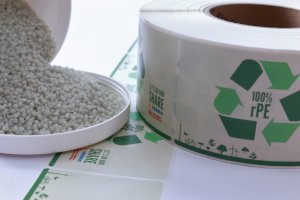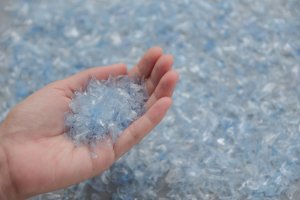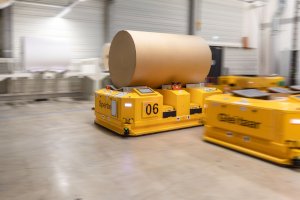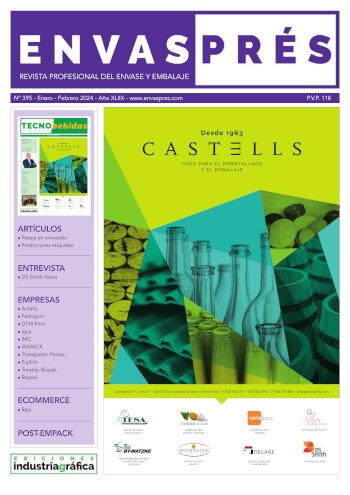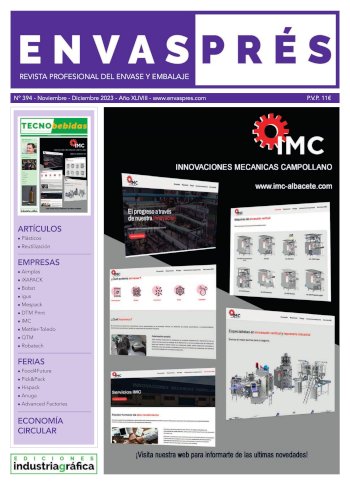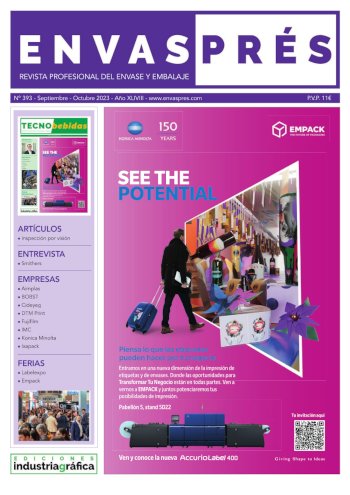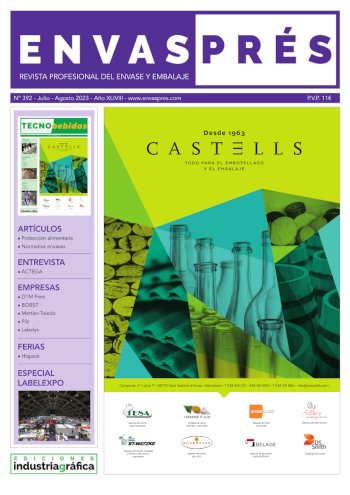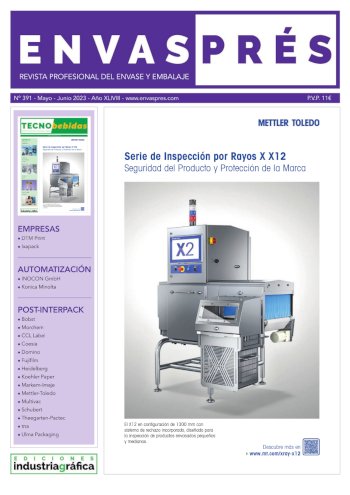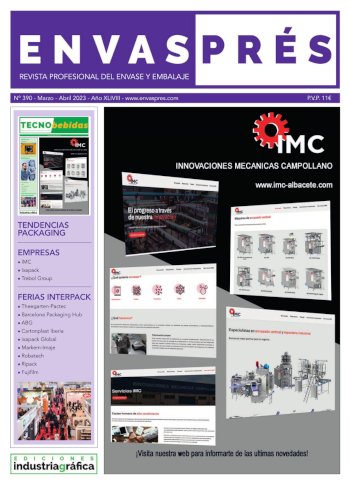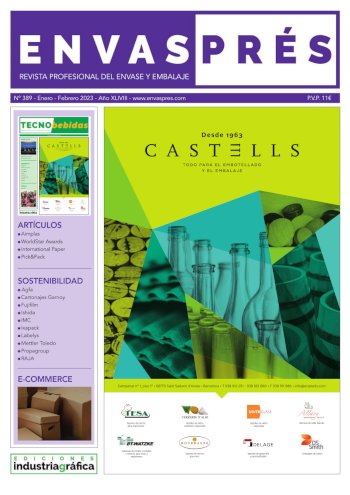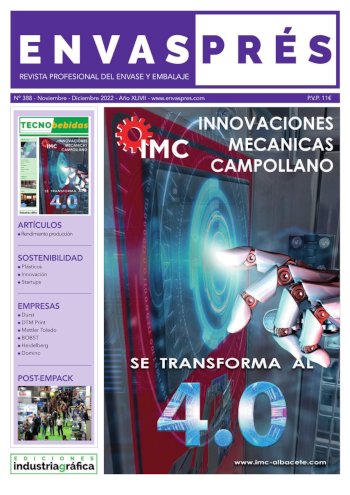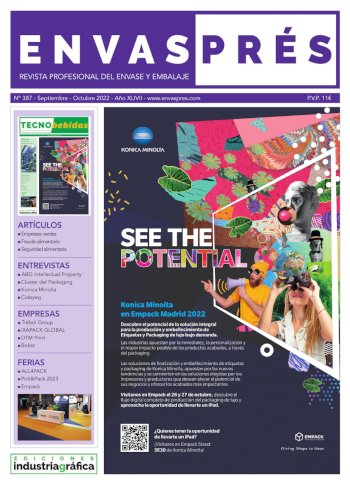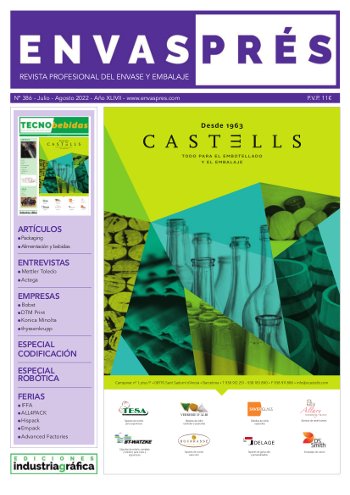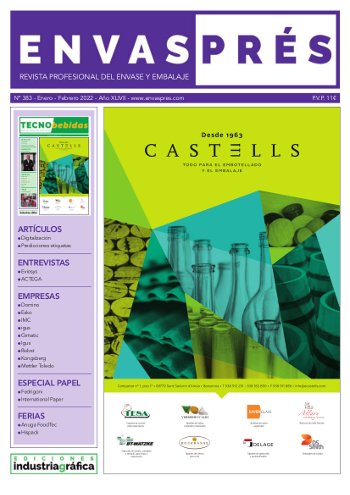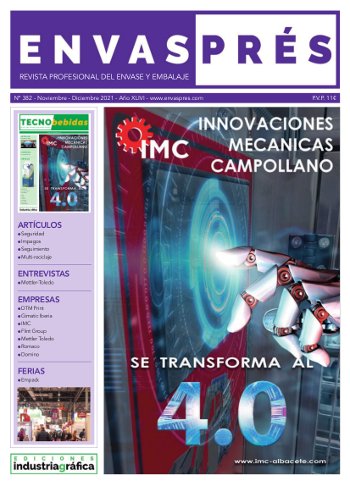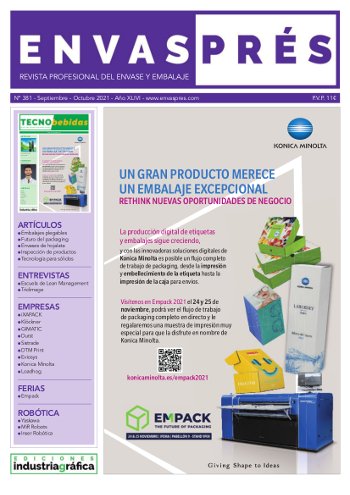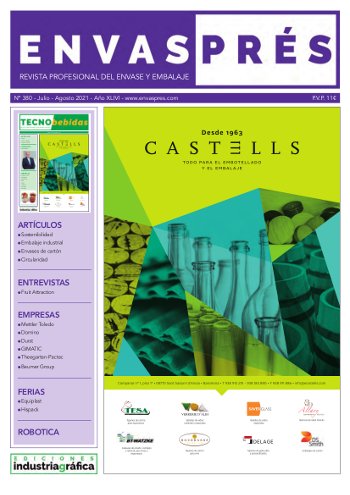HERMA: Green label stock made with cup plant fibres
- Publicado el 20 de Agosto de 2021
Demonstrating its commitment to resource preservation, HERMA continues to blaze a trail with a novel label stock made from “cup plant” paper. Silphium perfoliatum has been cultivated in Germany for many years as an energy crop for use in biogas production.
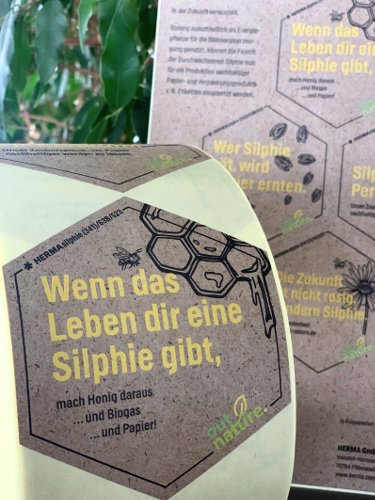 Compared to the notorious energy maize, it offers a series of environmental advantages. In particular, the crop grown from seeds branded Donau-Silphie has been converted into an energy source in its entirety thus far, but HERMA is now nurturing an option for the plants’ fibres. These fibres are separated in a biothermal process before the energy generation phase and then converted into a new regional and sustainable raw material.
Compared to the notorious energy maize, it offers a series of environmental advantages. In particular, the crop grown from seeds branded Donau-Silphie has been converted into an energy source in its entirety thus far, but HERMA is now nurturing an option for the plants’ fibres. These fibres are separated in a biothermal process before the energy generation phase and then converted into a new regional and sustainable raw material.
Labels made with the paper are suitable for printing without any further treatment. Embossing and other embellishment can be used to add sophistication while retaining a natural look because individual fibres of the cup plant remain visible in the material. This texture also serves as a visual acknowledgment to the paper’s sustainability. The label stock incorporates the HERMA UVA adhesive 63B, a versatile material offering excellent adhesive properties. The stock is available in quantities from just 1,000 square metres.
Using the label stock HERMAsilphie (grade 341), Etiket Schiller has now become the first printer in Germany to start producing cup plant labels. “This new material, made entirely in Germany, enables us to extend our environment-friendly portfolio in a focused way,” comments Etiket Schiller managing director Susanne Daiber. “Our customers now have access to a further highly appealing green packaging option for cosmetics, beverages and food.”
The proportion of cup plant fibres in the label material is currently at least 35 percent, but in the future it can be raised to 50 percent. This significantly curbs the labels’ CO2 footprint by reducing the share of imported wood pulp, which is mostly sourced from distant countries. In addition, cup plant labels can be recycled in the regular waste paper streams. Cup plants, or their fibres, have been used successfully for a long time in the production of folding boxes.
There’s another way in which this novel approach benefits the environment. With their yellow flower heads, cup plants provide an ideal habitat for bees, insects and other wildlife. Bee-keepers cherish the crop because it gives them an abundant honey harvest. The plant’s roots extend to a depth of up to three metres. As a perennial, it remains dormant after the autumn harvest before sprouting again in the spring.
As a rule, it is cultivated for around ten years. This results in a good CO2 uptake; its root system fixes the carbon in the soil in the form of humus. Other major environmental benefits, compared to energy maize, arise from the plants’ lower water consumption and their need for only small quantities of crop protection products, if any. “Our use of the cup plant provides further evidence of how label production can conserve resources,” says Dr. Ulli Nägele, HERMA’s head of self-adhesive materials development. “We are keeping our eyes open in this respect and will continue to pursue other promising leads.”



